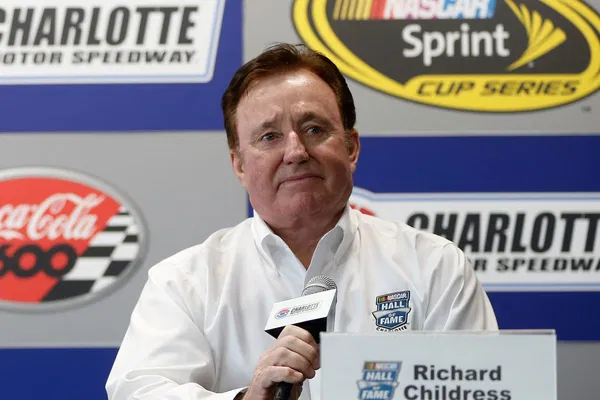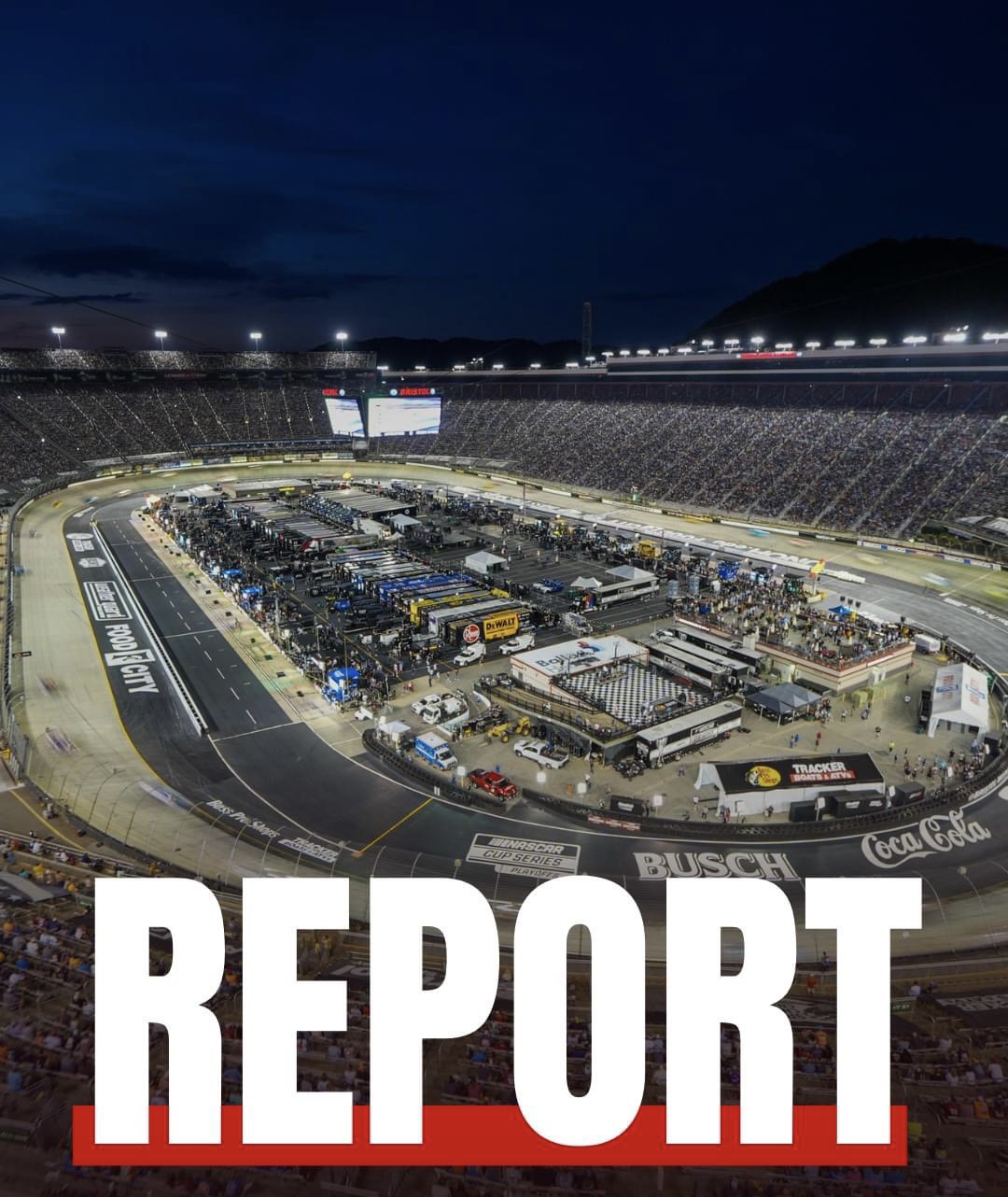After Saturday’s Bristol race, Mike Kelley, crew chief of JTG Daugherty Racing, remarked, “If they tell me that enough, I’ll start to believe them,” reflecting the doubt many have towards Goodyear’s claims. Goodyear insists that the tires used were identical to those from the spring race, but the outcomes couldn’t have been more different. While drivers struggled with blown tires after 50 laps in the spring, the fall race saw tires lasting up to 200 laps. This stark contrast has left many in NASCAR, including veteran Richard Childress, questioning the situation.
What exactly happened in March is becoming one of NASCAR’s most puzzling mysteries. Some suspect that Goodyear made subtle adjustments that they haven’t disclosed, and Childress leans towards that explanation. He’s been trying to unravel the mystery behind what went down at Bristol.
Back in March, when the tire issues first surfaced at Bristol Motor Speedway, everyone was confused. Fans, drivers, and even Goodyear executives were left scratching their heads. Initially, the rapid tire degradation was attributed to the resin used on the concrete track, which had replaced the traditional PJ1 compound. But when the same approach was used in the fall, Kyle Larson dominated the race, leading 462 of 500 laps with minimal tire issues or lead changes. The chaotic essence of Bristol was lost, leading experts to doubt Goodyear’s claims.
Richard Childress is one of the most vocal skeptics. He recently expressed his suspicions, suggesting that Goodyear might have made a slight change to the tires without telling anyone. In an interview with Sportsnaut, he speculated, “I don’t know if they changed the tiniest little thing in the tire and didn’t tell us, but that’s sometimes how it works.” By the time practice began, it was clear that the issues from March wouldn’t resurface, so NASCAR sprayed PJ1 on the bottom of the track just before the race started.
Yet, despite their efforts, the mystery lingers. Keith Rodden, interim competition director for Richard Childress Racing, echoed Childress’s doubts. He noted that during a test in July, when it was extremely hot, the tires behaved similarly to March. But when PJ1 was applied, the tires performed better. He found it odd that this time around, there were no issues at all. “To come here this weekend and not have a single issue, it’s a real mystery,” Rodden remarked. Childress had anticipated a surprise back in March, pointing out that Dale Earnhardt had always disliked Bristol’s concrete surface.
Childress isn’t alone in his suspicions. Even Cliff Daniels, the crew chief of race-winner Kyle Larson, shares his doubts. Daniels acknowledged that the events of the spring race were unlikely to repeat, saying, “I think it would be very hard to recreate the spring again because of the element of surprise. I do think it’s a real thing at the concrete tracks.”
Drew Blickensderfer, crew chief for Stewart-Haas Racing, was also puzzled by the dramatic change in tire performance. Recalling the tire tests conducted at Bristol with the No. 14 car, he pointed out that during those tests, tires degraded after about 50 laps, just like in March. However, during the race weekend, teams were able to run up to 70 laps without any issues. “We could go 120 laps with no issues. Not sure what is completely different, but it’s not what … everybody expected,” he admitted.
Clearly, both Goodyear and NASCAR have created an atmosphere of uncertainty in the NASCAR Cup garage. With so many conflicting outcomes and unanswered questions, it’s hard to say what really happened. Richard Childress’ theory that Goodyear may have made a subtle, undisclosed change to the tires seems as plausible as any other explanation right now.
This whole situation has left the NASCAR world on edge, speculating about what might have been behind the strange turn of events. Was it a simple miscommunication? An undetected variable in the tires? Or something more? Whatever the case, the uncertainty is palpable, and everyone from crew chiefs to fans is waiting for answers. As things stand, it’s anyone’s guess whether this tire mystery will ever be fully solved. For now, the Bristol races remain a curious chapter in NASCAR history.
Richard Childress Unveils Goodyear’s Mysterious Tactics Behind Bristol’s Puzzling Race Outcome




